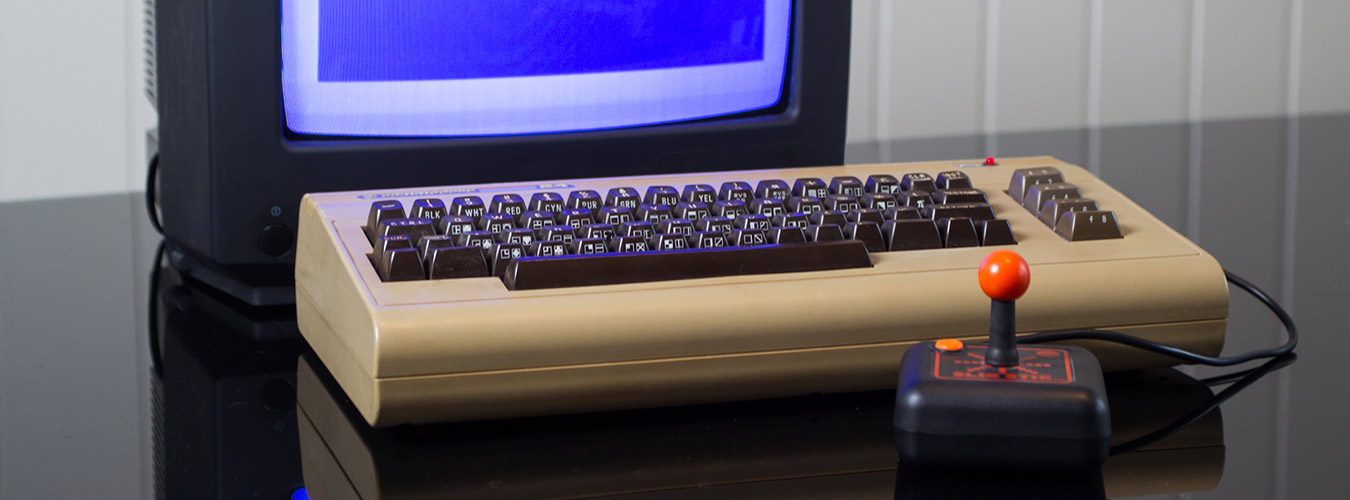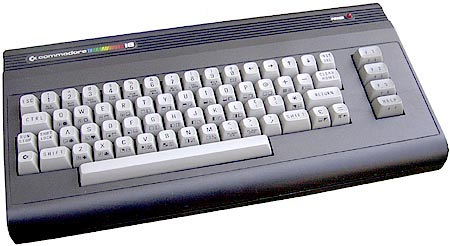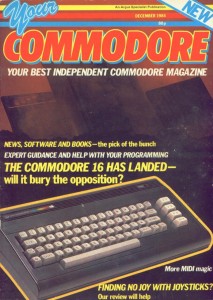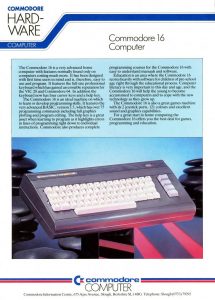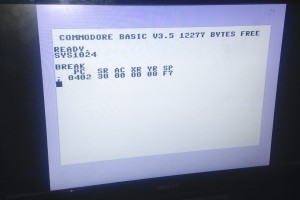Facts
- Released: 1984
- OS: Commodore BASIC 3.5
- Type: Home computer
- Memory: 16 KB RAM
- ROM: 32 KB
- CPU: MOS 7501 or 8501 @ ~1.76 MHz
- Resolutions: 160×200 (multicolor) / 320×200 (hires)
- Palette: 121 colors
- Text mode: 40×25 characters (PETSCII)
- Sound: TED chip (2-channels)
- I/O: Tape connector (incompatible with C64), cartridge slot (incompatible with C64), IEC port (compatible with C64), User port (for modems and nonstandard devices, incompatible with C64), Composite video connector including S-Video and mono audio signal, RF modulator
Released 1984: The Commodore 16 or C16 is a home computer with a 6502-compatible 7501 or 8501 CPU, released in 1984 and intended to be an entry-level computer. The C16 was marketed as something in-between the existing Commodore 64 and VIC-20, both price and performance wise. The C16, C116 and Plus/4 are part of the Commodore-264 series. The selling price in US was usually 99 US$. The case looks very similar to the C64, but has black color. More then 1 266 000 units of the C16 has been produced worldwide according to some sources. In Argentina, the computer company Drean produced the C16 under Commodore license, as did the company Sigma in Mexico. The software isn’t compatible to the C64. Peripherals like the datasette 1531 and joysticks only fits the Commodore-264 series due to different connectors, but connector adapters can be used to make them fit.
In total, at least 1 million 264-series machines were sold in its two years on the market. Of these, 400,000 were Plus/4s with most of the remainder being C16s. Beginning in 1986, remaining C16, C116 and Plus/4 inventories were sold at a much reduced price on the eastern bloc market, mainly Hungary. Hungary did not produce any home computers at the time, while the Soviet, Bulgarian and East German models were far too expensive for most Hungarians, and most Western models were completely out of reach. Thus, this move by Commodore was the first chance for many people in Hungary to own a computer. It created a fan-base that lasted well into the 1990’s and that contributed several unofficial ports of popular Commodore 64 programs. In Mexico, the C16 was sold as a beginners’ computer from early 1985 up to 1992.
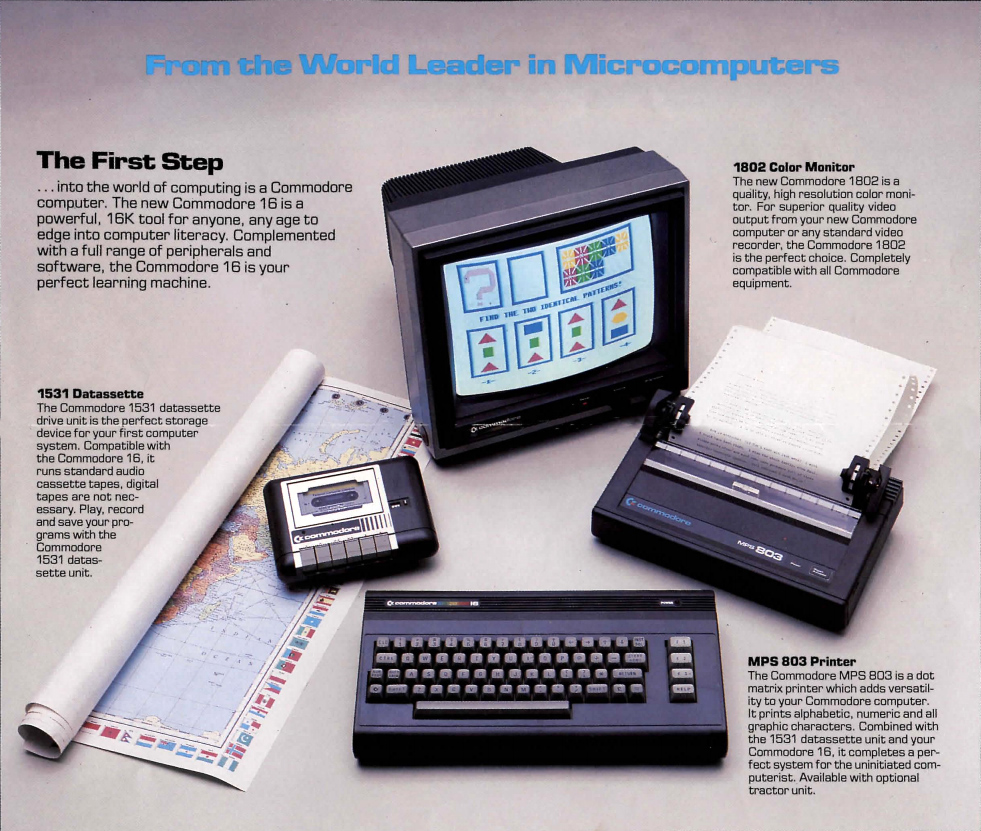
My Commodore 16
The SD2IEC is a very practical and affordable floppy disk emulator using SD/MMC card. It’s works for all Commodore 8-bit computers that got an IEC bus: VIC20, C64, C128 and also the C16. The one I got is powered from the cassette port which is a special round type on the C16, so I had to solder on a correct connector for it in addition to the standard flat type.
